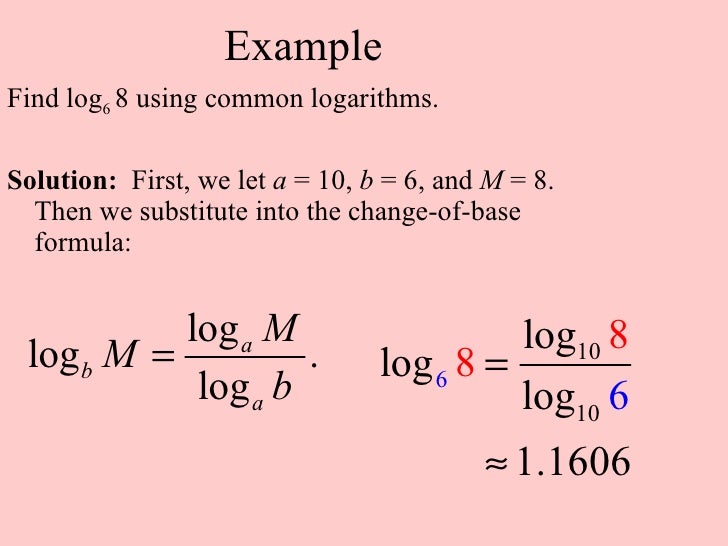

- FIND THE ERROR CONDENSE LOGARITHMS HOW TO
- FIND THE ERROR CONDENSE LOGARITHMS CODE
- FIND THE ERROR CONDENSE LOGARITHMS DOWNLOAD
Now we are ready to dive into the world of transformations and scaling! 2.
FIND THE ERROR CONDENSE LOGARITHMS DOWNLOAD
We encourage you to download the data to your computer and work through the examples along the tutorial as this reinforces your understanding of the concepts taught in the tutorial. You can find all the data that you require for completing this tutorial on this GitHub repository. If you are new to R or need to refresh your memory there are great resources available on the Coding Club website:

FIND THE ERROR CONDENSE LOGARITHMS CODE
While we will use programming language R throughout the tutorial, the concepts you will learn here are applicable in other programming languages as well! To fully appreciate the code in this tutorial you should have at least a basic knowledge of data manipulation using dplyr, tidyr and visualising data using ggplot2. Knowledge of high school algebra (functions, equation manipulation) will enhance the understanding of the underlying mathematical concepts.

However, to get most out of this tutorial you should have a basic knowledge of descriptive statistics and linear models. This tutorial is suitable for novices and intermediate learners in statistical analysis and depending on your level you should pick and choose which parts of tutorial are useful for you, for example a beginner might learn basic transformations such as logarithmic and square-root transformations while an intermediate learner will extend these concepts by learning about the Box-Cox transformation. Throughout the tutorial we will work with datasets from ecological and environmental sciences in order to demonstrate that scaling data and using transformations are very useful tools when working with real world data. In addition, we will have a quick look at situations when adjusting scales on plot axes is a better decision than transforming or scaling data themselves.
FIND THE ERROR CONDENSE LOGARITHMS HOW TO
This tutorial will teach you how to manipulate data using both common and more advanced transformations and scaling procedures in R. They are therefore powerful tools for allowing us to utilize a wide variety of data that would not be available for modelling otherwise and display non-linear relationships between data in more clear and interpretable plots. For dealing with these issues we can use transformations and scaling. Alternatively, there might be a situation where our data follow a non-linear relationship an our standard plots cannot capture it very well. However, real world data rarely perfectly align with the normal distribution and therefore break this assumption. We use data distributions to study and understand the data and many models are built around assumptions that the data follow a certain distribution, most typically linear models always assume normal distribution of the data.

Understand the underlying mathematics and use appropriate syntax and packages in R to apply both common and more advanced transformations and scaling procedures.Understand the purpose of transformations and scaling in statistical analysis.Example 2: What is log 3 ( 58 ) log 3 ( 7 ).Here's another example using this method on a more difficult problem: X Research source If you're solving problems in math class, your teacher most likely expects you to leave the answer as a logarithm. You'll need a calculator if you need the answer for a practical purpose. Some logarithms are very difficult to solve by hand. Leave the answer in logarithm form if you cannot simplify it.


 0 kommentar(er)
0 kommentar(er)
